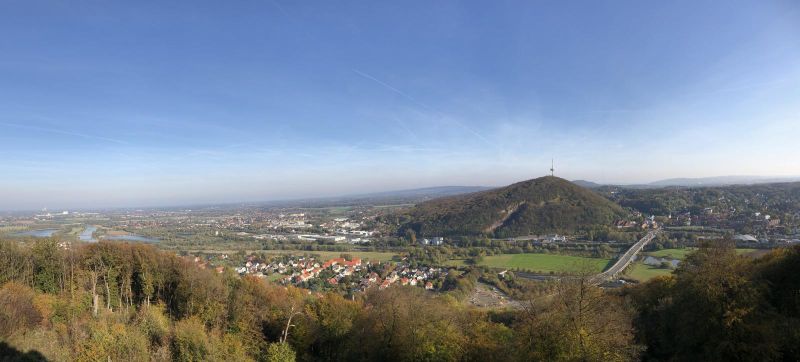Tales from the hills. The fate of Polish forced labourers at Porta Westfalica 1944/45
Mediathek Sorted






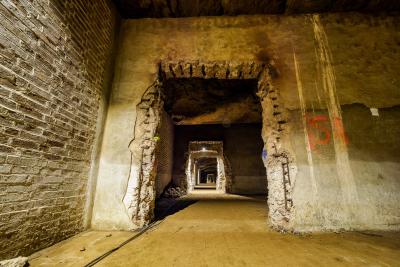
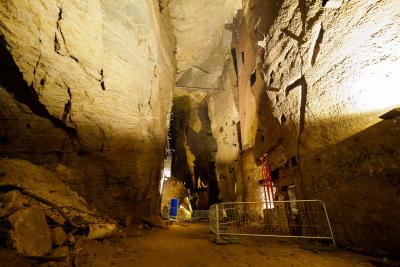

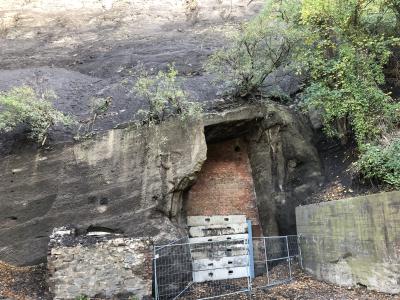

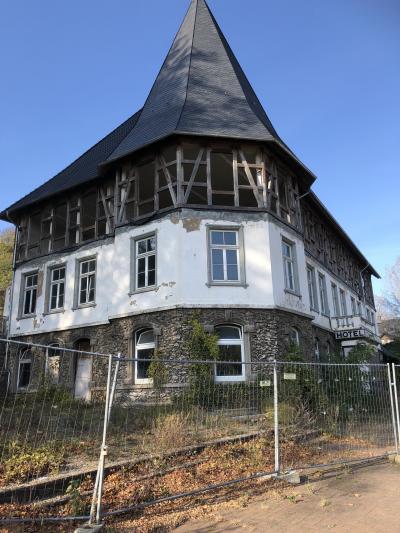

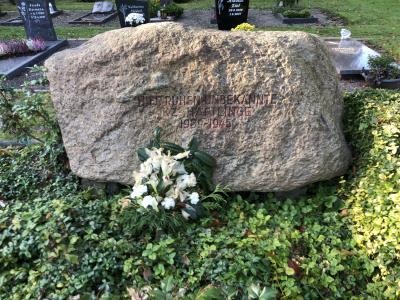

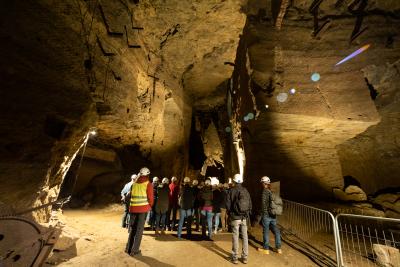

Processing National Socialist history – the development of a culture of remembrance in the town and the current state of research
What is left of the history of the satellite camps at the Porta? Some of the historical sites remain partly preserved to this day. In the Jakobsberg hill, the expanded tunnel systems and remnants of the underground production facilities are testament to their former use for wartime production, as well as to the heavy toil of the forced labourers employed in order to keep this production running (Figs. 8 







How are these people remembered? How are the historical sites used, and how does the town deal with this dark chapter in its history?
To find answers to these questions, I arranged to meet Thomas Lange, a historian and the managing director of KZ-Gedenk- und Dokumentationsstätte Porta Westfalica e. V. When asked about the development of the local culture of remembrance, he gave a clear answer: “Porta is a kind of textbook example of how remembrance and examination and integration of the past has progressed in Germany, particularly with regard to satellite camps”.[63] For decades, hardly any effort – indeed for the most part, none at all – was made in Germany to deal with the history of the satellite camps and National Socialist forced labour, let alone with the underground production facilities.[64] In the communities around the Porta, too, the National Socialist past was handled mainly at a legal-administrative level during the first decades after the war. It was not until the 1980s, when this period in German history was being examined and openly discussed, that attention was brought to the satellite camps at the Porta from a historical research perspective. For Porta Westfalica, Reinhold Blanke-Bohne and Rainer Fröbe contributed to this field through their pioneering work, which acted as an important impetus for the development of an active culture of remembrance in the town.[65] It was also their work that made the topic accessible to a wider group of people, including in schools. At the end of the 1980s, a project by a group of school pupils about the camps resulted in a translation of the account given by Pierre Bleton, a French concentration camp inmate who was forced to work at the Porta.[66] This project had a very important impact on the local culture of remembrance, playing a key role in persuading the local community of the necessity to erect a monument to the victims of forced labour and the prisoners in the camps at the Porta. This monument, showing a bronze plaque which was unveiled in 1992, was deliberately erected away from the historical sites at the Porta, in a highly visible place on the “Grüner Markt” square in the centre of the Hausberge district (Fig. 13 
As I discovered from Thomas Lange, the erection of the monument in the early 1990s was a turning point in the slowly developing culture of remembrance. The historians turned their attention to other projects and topics, the group of pupils grew older and some of them left the town. From the perspective of the local administration, a gesture had been made with the erection of the monument, and for several years, further examination of the topic stalled.
[63] Lange, Thomas: Interview dated 18/12/2019, Porta Westfalica.
[64] See Kubiak, Natalia: Erinnerungskultur im Wandel der Zeit, in: idem., Polnische Zwangsarbeitende in Witten 1940-1945, in: https://www.porta-polonica.de/de/atlas-der-erinnerungsorte/polnische-zwangsarbeitende-witten-1940-1945?page=3#body-top, last accessed on 16/2/2020.
[65] See Blanke-Bohne, Reinhold.
[66] See Bleton, Pierre.





















































































